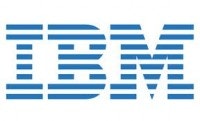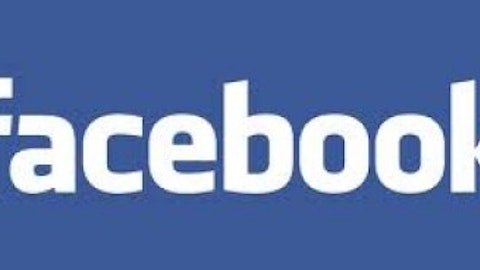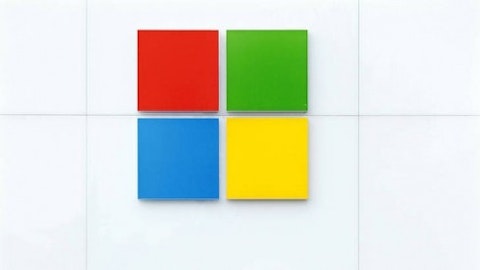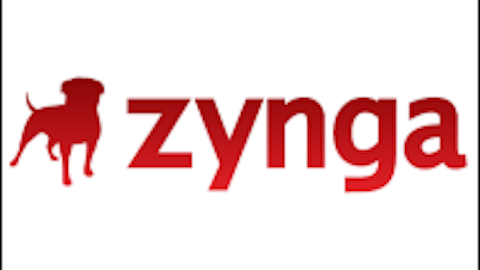International Business Machines Corp. (NYSE:IBM) recently announced that it would purchase privately held Softlayer, the world’s largest private cloud computing firm. The reported purchase price of about $2 billion suggests that IBM is serious about making a bold move into the cloud on the heels of similar moves by major rivals like SAP AG (ADR) (NYSE:SAP) and Amazon.com, Inc. (NASDAQ:AMZN). Although investors cannot directly play this private transaction, it certainly looks poised to create significant synergies as well as some juicy medium-term profit opportunities for investors with suitable time horizons.
While no merger is risk-free, this transaction offers some clear advantages for International Business Machines Corp. (NYSE:IBM). In particular, it should permit the company to make a decisive move into the rapidly expanding world of start-up support. If things unfold as IBM hopes, the company may look very different in five or 10 years’ time. For now, it might be helpful to compare IBM against some of its most aggressive and well-known competitors.
IBM and the Competition
Although International Business Machines Corp. (NYSE:IBM) competes against software giants like Microsoft Corporation (NASDAQ:MSFT) as well as consulting giants like Accenture Plc (NYSE:ACN), its biggest competitors in the cloud computing and server-hardware space may be Amazon.com, Inc. (NASDAQ:AMZN) and SAP. All three of these firms are highly diversified, but they are also known to compete vigorously for a finite base of deep-pocketed business customers. As IBM moves more decisively into the world of cloud computing, it is likely that they will continue to clash.
International Business Machines Corp. (NYSE:IBM) is the largest of the three firms: Its market capitalization of $226 billion exceeds that of Amazon by roughly $100 billion and surpasses that of SAP AG (ADR) (NYSE:SAP) by about $135 billion. IBM is also solidly profitable–in 2012, it pulled in $16.6 billion on total revenues of $103.2 billion. This compares to a solid $3.8 billion profit on revenues of $21.3 billion for SAP and a narrow loss of $87 million on revenues of $64 billion for Amazon. Despite its loss, Amazon remains more expensive than IBM or SAP. Its price-to-book ratio of about 14.9 is a full three ticks higher than that of IBM and far more impressive than SAP’s 4.7. Although these firms are relatively well-capitalized, International Business Machines Corp. (NYSE:IBM)’s debt-to-cash ratio of about 2.5 could become worrisome in the coming years.
What Does Softlayer Do?
Softlayer manages about a dozen data centers around the world and offers server-rental services that have proven to be wildly popular. It serves tens of thousands of start-ups and mid-sized firms that prefer not to operate in-house server networks. These outfits are free to rent space within Softlayer’s data network on a monthly, annual or long-term basis, and the fees that the company charges are proportional to the volume and length of each rental contract. This is not a groundbreaking business model: in addition to the competitors named above, several public and private firms engage in this activity. However, Softlayer is a major player in the space and has clearly found a winning formula.
Potential Synergies, Savings and Other Advantages
Since this is a private transaction, International Business Machines Corp. (NYSE:IBM) is under no obligation to report on its financial particulars. However, it seems clear that it will eventually produce substantial cost savings and synergies. If IBM is able to slow the expansion of its mainframe business and leverage Softlayer’s more cost-effective servers-for-hire, it could save many millions of dollars on an annual basis. Moreover, the company may be able to divert some of the funds that it devotes to old-fashioned sales and marketing to maintaining and upgrading Softlayer’s existing network. Meanwhile, IBM should see a significant revenue boost from this deal: analysts estimate that Softlayer could add as much as $500 million in revenue to IBM’s top line over the coming fiscal year.





